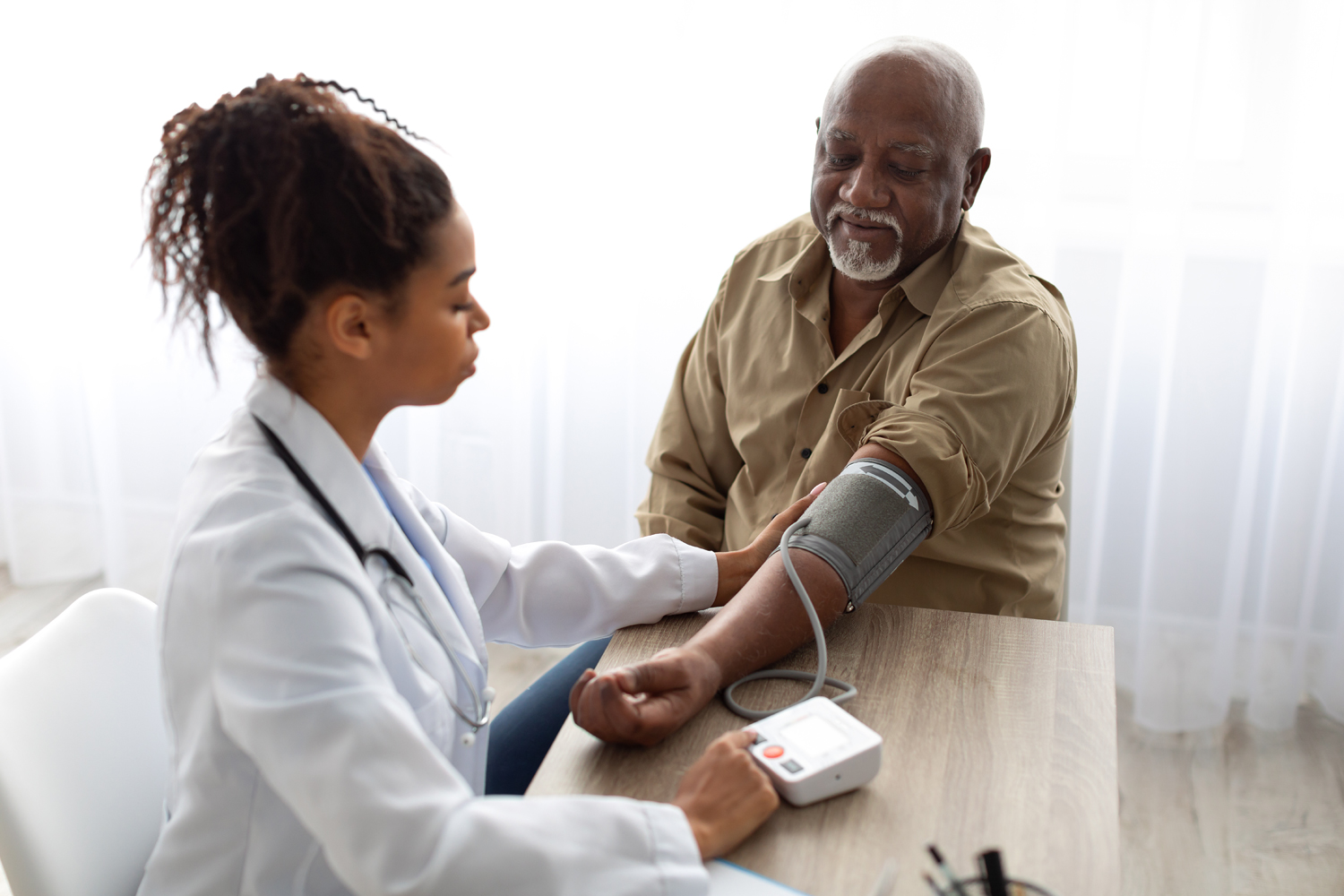Every week, the editors of Cancer Today magazine bring you the top news for cancer patients from around the internet. Stay up to date with the latest in cancer research and care by subscribing to our e-newsletter.
Cancer Care Guideline Reasserts the Importance of Geriatric Assessment
The American Society of Clinical Oncology (ASCO) urged health care providers to use geriatric assessments to guide care for people over 65 diagnosed with cancer in an update to its guidance for managing care in older patients. The new guideline, published online July 17 in the Journal of Clinical Oncology, is an update of a 2018 recommendation with added information from the GAIN trial and the GAP70+ trial. It also added a recommendation for a simplified tool called the Practical Geriatric Assessment (PGA). Geriatric assessment is a tool for examining a patient’s mobility, medications and cognitive processing to help make treatment decisions that limit the negative impact of treatment on other aspects of a patient’s health. The PGA was included as an easy option to use in clinics after findings showed that many cancer care providers—60% according to one survey—still do not use any tool for evaluating older patients. “We know we can lower chemotherapy toxicity by up to 20%, and we know we can prevent people from having falls,” William Dale, a geriatrician and co-chair of the ASCO expert panel that updated the guideline, told MedPage Today. “The evidence is overwhelming that anybody over 65 benefits from this way of taking care of patients,” Dale said.
Mammogram Recommendation Update Resurrects Screening Debates
The U.S. Preventive Services Task Force (USPSTF) announced in May plans to change the recommended starting age for breast cancer screening from 50 to 40, raising concerns and resurfacing ongoing debates about the timing, frequency and cost of screening and whether one-size-fits-all screening guidance remains appropriate. The Affordable Care Act (ACA) requires that insurers cover preventive care services recommended by the USPSTF with no copay charged to patients, but as a July 19 article in Medscape noted, women who have findings that need further investigation could be charged for follow-up tests. A study in JAMA Network Open found these charges could deter many women from going forward with those tests. “On an individual level, high out-of-pocket costs may directly contribute to worse health outcomes or require individuals to use scarce financial resources that may otherwise be used for critical items such as food or rent,” read an accompanying commentary on the study. Medscape noted that there is precedent for including these tests: A 2021 USPSTF recommendation said that follow-up exams based on findings from at-home screening for colon cancer were part of the screening benefit, making them eligible for copay-free coverage under the ACA. The new USPSTF mammogram recommendations also raised questions on whether there should be recommendations that set one age for much of the country. A recent study suggested that Black women have a higher risk of dying of breast cancer at a younger age and should be considered eligible for screening earlier than white women and other populations who don’t face the same risk until years later. And some experts suggest that the appropriate age to start screening should be decided between a person and their doctor. “Women are capable of understanding why the age to start mammography screening may be different for women with different risk factors,” the National Center for Health Research wrote in a comment to USPSTF, provided to Medscape. “What is confusing is when some physician groups recommend annual mammograms for all women starting at age 40, even though the data do not support that recommendation.”
Cancer Drug Shortages Felt in the Clinic and in Research
A July 20 CNN story reported that at least 174 ongoing National Cancer Institute (NCI) trials have been affected by ongoing shortages of important cancer drugs, noting that the number of trials affected is likely higher since it doesn’t include trials not involving the NCI or trials that aren’t able to start. Drug shortages are common, but the current list of shortages in the U. S. includes 25 cancer drugs. The shortage of two commonly used chemotherapies—carboplatin and cisplatin—has been particularly disruptive. The two platinum-based chemotherapies are prescribed to between 10% and 20% of all cancer patients, and in many cases, there aren’t any alternatives to offer patients. People in treatment are finding it difficult to cope with compromised doses and not knowing how it affects their chances of survival. “You navigate so much and do all these mental gymnastics to wrap your head around enduring and getting through your infusions and your treatments,” Mairéad McInerney, who is being treated for stage III breast cancer, said in a July 19 article in STAT. “And then to hear that something is not available, it really is such a gut punch again, because you’re still out of control.” Her treatment was adjusted to try to work around the shortages, swapping the order of chemotherapies she would get in the hopes that more carboplatin would become available. Even then, the supply ran out before she finished the full run of her treatment.
Cancer Today magazine is free to cancer patients, survivors and caregivers who live in the U.S. Subscribe here to receive four issues per year.





